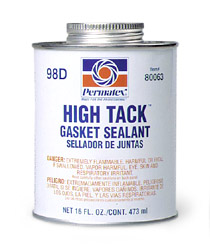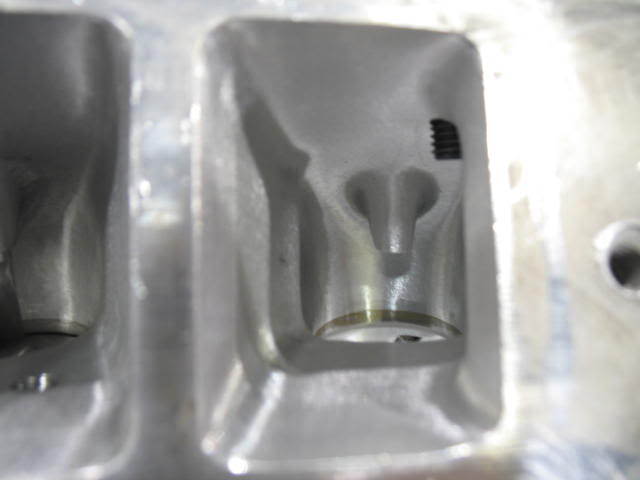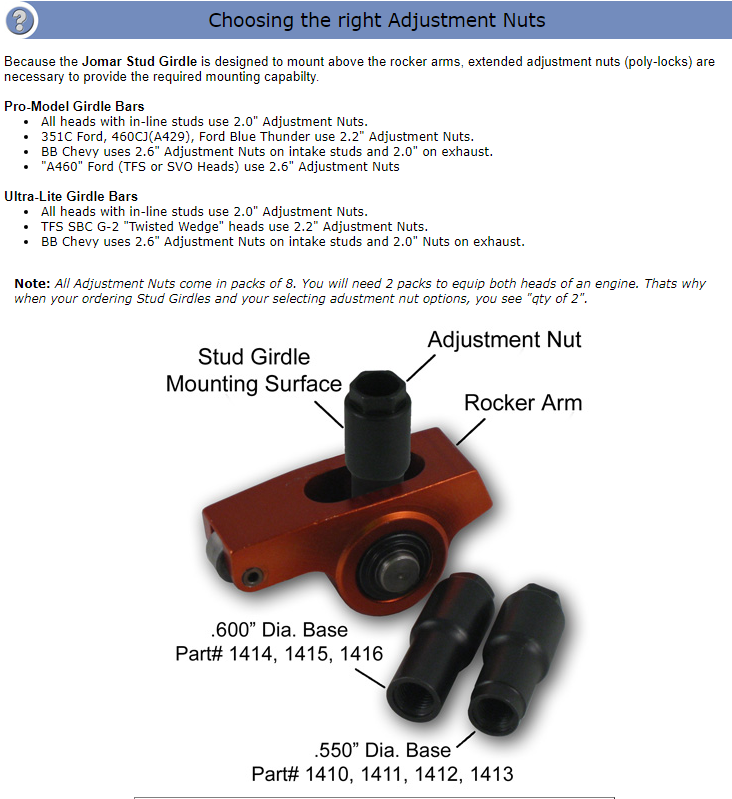Loves302Chevy
"One test is worth a thousand expert opinions."
What are your thought on using guideplates vs. self-aligning roller rockers? The reason I ask is that I bought some used Canfield 220 aluminum heads for a Gen1 SBC and discovered that the 4 center rocker stud bosses were welded and repaired using thinwall e-z lock inserts on both heads. Whoever did the repairs did an excellent job and they also installed the inserts for the rest of the 16 screw-in studs. I can't imagine what could of happened to cause this damage, but I do know the heads came off a 383 Chevy that was in a Nova running low tens, so I assume there was a big solid roller cam in there. The heads came with the triple valve springs and Jegs 1.6 ratio .150 offset intake/std exhaust roller rockers. I picked these up to use on a future, much milder street 383 for myself with most likely a flat tappet camshaft like an XE274H. I'm thinking that I should use the self-aligning rockers so that I could eliminate the guideplates and install the studs once and for all (with red loctite and thread sealer) and not have to work the threads anymore by having to adjust the Isky guideplates. I also have stud girdles to fit these heads (separate purchase), but I don't think the previous owner used girdles. What do you think? Mike.






